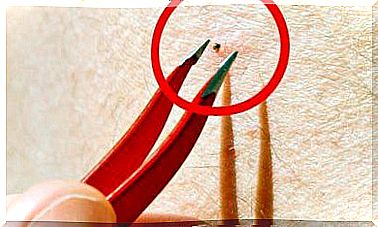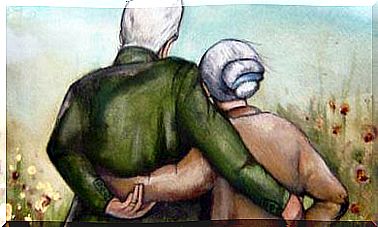What Is Atypical Pneumonia?
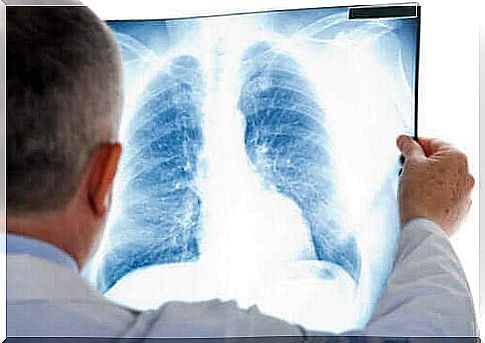
Pneumonia (pneumonia) is a word that in the technical language refers to an infection in the lungs caused by a virus or a bacterium. It is actually a term that refers to many different etiologies. Doctors therefore divide it into two groups: atypical and typical pneumonia.
The group with atypical pneumonia was first named in this way to refer to the type caused by different and less common bacteria than those of typical pneumonia. These days, however, it is also used to describe the difference between the two on a symptomatic level.
Atypical pneumonia is usually caused by Mycoplasma pneumoniae, followed by other atypical pathogens. Outbreaks appear to be exacerbated during the autumn and winter. In this article we will explain everything you need to know about this condition and how to identify it.
What causes atypical pneumonia?
As we mentioned above, atypical pneumonia is an infection of the lungs caused by less common viruses or bacteria. It is also called migratory pneumonia as most cases occur sometime between fall and winter.
Although the most common cause is an infection of M. pneumoniae , other pathogens can also cause this disease. The pathogens most related to this condition are: Coxiella burnetii , Legionella pneumophila , Chlamydia pneumoniae and Chlamydia psittaci .
As a general rule, cases of atypical pneumonia are usually milder than typical pneumonia. However, when it is caused by Legionella , it can have many complications and it has a higher mortality rate.
We should note that this type of pneumonia can in many cases occur with colds that last longer than seven or ten days. An example might be a cold caused by a respiratory syncytial virus that does not heal properly.
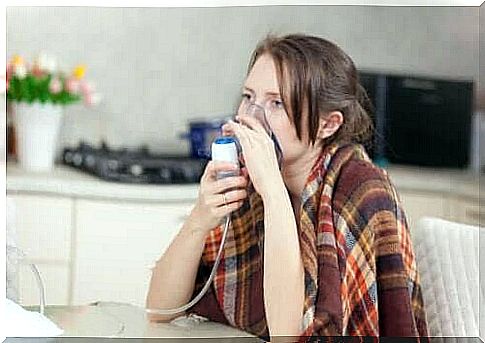
What symptoms does it cause?
Another major difference between atypical and typical pneumonia is the clinical symptoms. They largely depend on which area of the lungs is affected. This means that more breathing difficulties will occur if it is in the highest part of the lungs.
You usually experience cold or flu symptoms such as fever around 38 ºC and chills. Similarly, you may experience sore throat or headaches and even pain in your ears or chest. Since it is a general discomfort, one can in some cases experience loss of appetite and vomiting.
It is important to note that the cough in atypical pneumonia is dry cough. This means that it is usually not accompanied by mucus. In addition, it is often difficult to breathe and one breathes quickly.
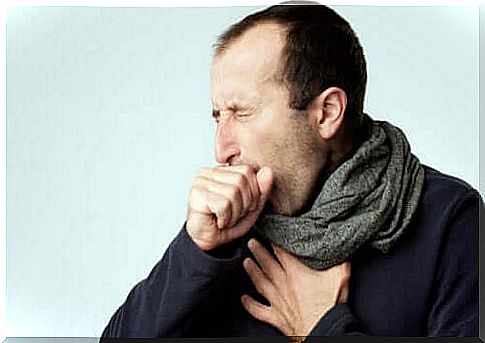
How do doctors diagnose and treat atypical pneumonia?
To diagnose atypical pneumonia, it is important that the doctor knows all the symptoms. In addition, you should perform a complete physical examination, including listening to your lungs. That way, they will be able to hear the sounds your lungs make when you breathe.
In the case of atypical pneumonia, there is usually a hissing sound when you breathe. It may sound a bit like wind. Sometimes they also perform X-rays of the breast, as these often show the infection.
Since most cases are bacterial, the most common treatment is antibiotics. If the infection is not very serious, you can take them orally for 7 to 10 days. It is important to note that atypical pneumonia can be contagious in some cases.
For this reason, we recommend that you avoid contact with others and carry out adequate hygiene measures. Similarly, when you experience signs of symptoms, it is important to go to the doctor to learn about some treatment options.


